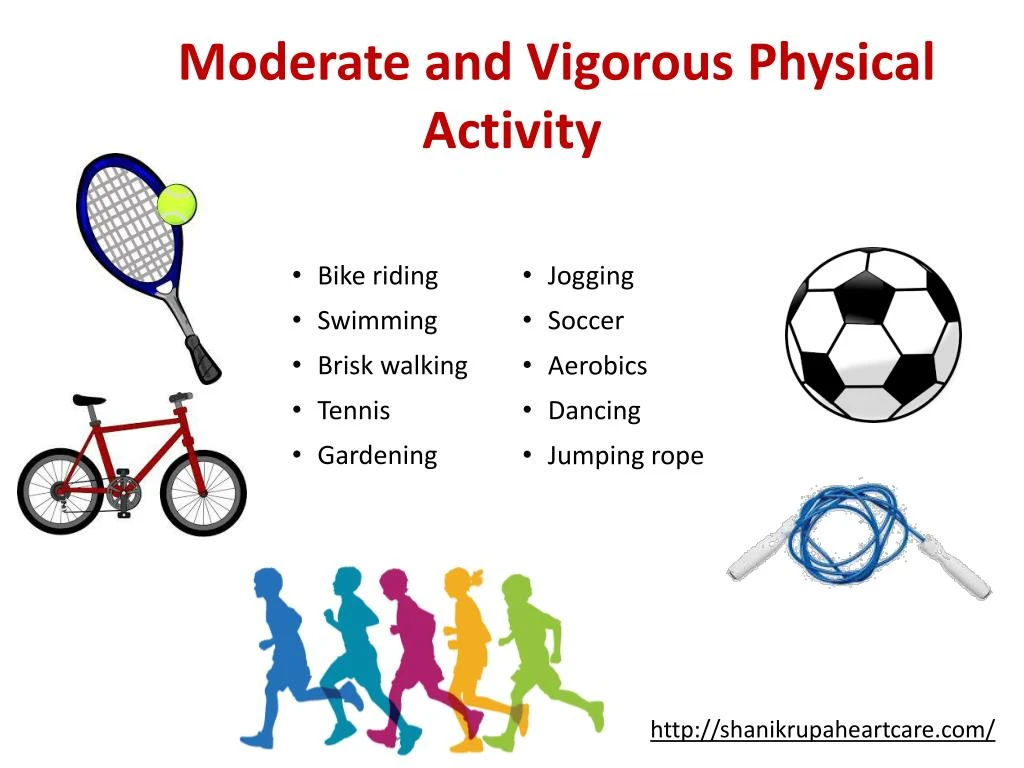
Objective assessment can record more detailed and accurate patterns of personal daily activity. Even though several studies have confirmed the potential health benefits of self-rated LPA (e.g., housework), recalling the time spent in LPA dispersed throughout the day may be difficult compared with MVPA lasting for at least 10 min. The topic of epidemiological studies has shifted from MVPA to the health benefits of LPA, owing to the development of accelerometry techniques in epidemiological studies. Thus, the clarification of the effects of LPA is crucial to promote public health. According to the National Health and Nutrition Examination Survey (NHANES) data, within a day (24 h), adults spent an average of 7.7 h in SB, 7.8 h in LPA, 0.2 h in MVPA, and 8.3 h in sleep. It has been reported that people spend a significant portion of their time in sedentary behavior (SB) and LPA and only a little time in MVPA. Even though LPA has great potential for increasing total PA levels (i.e., PA energy expenditure), the effect of light-intensity PA (LPA) has remained controversial. Current global physical activity (PA) guidelines recommend that adults engage in at least 150 min of MVPA in a week or 75 min of vigorous PA in a week in bouts of at least 10 min to achieve health benefits. It is well documented that moderate-to-vigorous physical activity (MVPA) is effective in the prevention of major non-communicable diseases including type 2 diabetes, coronary heart disease, stroke, and some types of cancer.

Although current global PA guidelines recommend only MVPA, promoting LPA may confer additional health benefits. LPA appears to be beneficially associated with important health outcomes after adjustment for MVPA in the adult population. Only a small amount of data were available on mental health and cognitive function. LPA was inversely associated with all-cause mortality risk and associated favorably with some cardiometabolic risk factors including waist circumference, triglyceride levels, insulin, and presence of metabolic syndrome. Most of the studies targeted the Western population. Of the 3254 studies identified, 24 cross-sectional and 6 longitudinal studies were included in this review. A coding system was used to summarize the results. Data were extracted regarding authors, publication year, country of survey, study setting, number of participants, study design, physical activity (PA) assessment (type of accelerometer and intensity), health outcomes, confounders, and results (summary measures and association). We searched on PubMed, Web of Science, CINAL, and Cochrane Library for articles analyzing the association between objectively determined LPA and health outcomes that were published up to January 2017. This review was conducted in accordance with the Preferred Reporting Items for Systematic Reviews and Meta-Analyses guidelines. The purpose of this systematic review was to summarize existing epidemiological evidence on associations of objectively measured LPA with health outcomes in adults. The study, which appears in the European Heart Journal, was funded by NHLBI.An increasing number of studies have demonstrated that light-intensity physical activity (LPA) confers health benefits after adjustment for moderate-to-vigorous physical activity (MVPA). Additionally, they found that the greater time spent exercising and higher steps/day could partially offset the negative effects of being sedentary in terms of physical fitness.Īlthough the study focused on the relationship of physical activity and fitness rather than a health-related outcome, the researchers suggest that fitness has a powerful influence on health and is associated with lower risk of cardiovascular disease, diabetes, cancer and premature death. Specifically, exercise was three times more efficient than walking alone and more than 14 times more efficient than reducing the time spent sedentary. They found that dedicated moderate, but vigorous physical activity was the most efficient at improving fitness.

The researchers were able to measure physical by obtaining physical activity data through accelerometers that participants wore for one week around the time of CPET and approximately eight years earlier.

To reach this conclusion, researchers studied approximately 2,000 participants from the community-based Framingham Heart Study who underwent comprehensive cardiopulmonary exercise tests (CPET) – the “gold standard” measurement of physical fitness. A recently published study showed that greater physical fitness can be achieved when you spend more time performing moderate but vigorous exercise (biking, hiking, dancing) and low-to-moderate level of activity, and less time being sedentary.


 0 kommentar(er)
0 kommentar(er)
